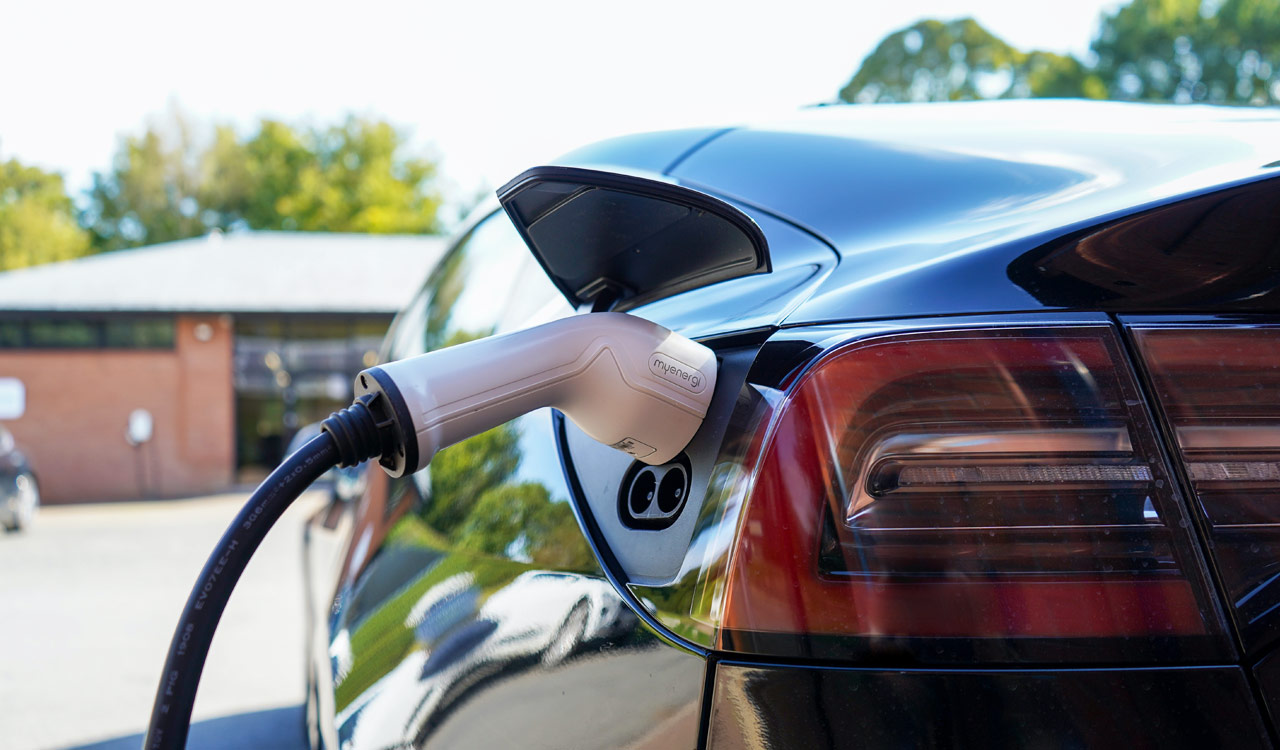From the Atlantic to the Pacific, nothing punctuates the American roadside landscape more than the traditional retail gas station – except perhaps for the automobiles that frequent them.
To survive and thrive in the EV era, gas stations will need to diversify their service offerings beyond just charging stations. They will need to think about what other services might be enticing to cross-country or long-distance travelers. This may mean getting into areas that are quite foreign and far removed from the car itself.
As I reported previously in TRR, the daunting challenges facing operators of the traditional gas stations as we know them are nothing short of profound. Many observers of their space have even posited that the entire concept might sit on the precipice of extinction. It’s such a radical transformation that the category may have to drop both the “gas” from its monicker and adopt the more panoramic term “energy.”
Systemic Shift
This much is certainly true: As the automotive industry accelerates toward an electrified future, incumbents in the space are facing a thunderous storm of challenges. The Robin Report has covered this transition in its early stages and in today’s report, I will do a deep dive into the road ahead for these icons of Americana and explore the changes looming just over the horizon as electric vehicles (EVs) emerge as the new preferred means of consumer transportation. We’ll consider the far-reaching ripple effects of this change.
Of course, we can only hope that the leaders in the domestic retail gas and convenience category are aware of these massive transformations underfoot, but judging by their relative inaction so far, it may be that they are closer to deer caught in the headlights than savvy operators charting a course using next-gen GPS navigation.
Three Challenges
Here is what retail leaders in the gas station sector are up against:
- Brand Equity at an Environmental Crossroads
At the fulcrum of climate change and collective eco-conscience, gas stations find themselves at a perplexing juncture. The environmental concerns around carbon-based pollutants, namely gasoline emissions, are reaching a tipping point. And although many auto manufacturers are already announcing plans to cease the production of gas and diesel trucks and cars over the next few years, the reality is that traditional vehicles using internal combustion engines will continue to be on the roads en masse for at least another 40-50 years.This conundrum puts gas station brands in the utterly unenviable position of being forced to serve a slowly decaying user base that relies on an increasingly unpopular product. It’s like being a cigarette vending machine manufacturer in the mid-aughts. (Hopefully, they don’t meet the same fate.)
- Retail Power Surge
Obviously, gas stations’ real estate will continue to have value if they can quickly pivot to capture demand for EV charging stations. But this demand could prove fleeting as at-home and at-work charging stations become more commonplace and cheaper (and even subsidized in some cases) for non-commercial drivers. So, while providing EV charging stations may require new infrastructure, the convenience chains will have to learn to lean into more and more ancillary services to keep customers coming. This marriage between EV charging stations and retail is already evidenced by the move of traditional mall operators such as Simon Property Group getting in on the game. Simon recently announced a tie-up with Mercedes Benz and their EV charging station strategy. However, with current churn at EV stations being much longer than the time generally required to fill up a standard gas-powered vehicle, more space per retail location will likely be required – at least on an interim basis. - All Electric Rivals
Dedicated gas-free EV charging stations are emerging as a competitive alternative that, as opposed to retro-fitted gas stations that are built for EV vehicles and their owners. These EV charging stations, strategically situated near major highways and urban hubs (and not so close to major residential neighborhoods that they would have to compete with at-home charging options) have an economic structure that is far better positioned for capturing the loyalty of EV owners.
Planning for an EV Future
So, what should the C-Suites of traditional U.S. retail gas and convenience store chains be thinking about now?
First Mover Advantage to Own EV
Right now, there is not one major gas station brand that has captured brand positioning available around EV in the U.S. Shell, Exxon, BP, and Chevron collectively own or operate close to 30,000 retail gas stations across the country and the sheer footprint and size at which they operate has prevented them from making wholesale change. The economics of effectuating major change at this scale is almost insurmountable. For these giants, perhaps an acquisition of a company like ChargePoint might be the fastest way gain brand equity around the coming shift to EV.
The dynamics of these challenges of scale open opportunities for second and third-tier players to make a play for owning the EV-brand mantle. Think national chains such as Speedway, Citgo, and Circle K and regional chains such as Holiday, Casey’s, Kum & Go and others.
More Than Just a Pit Stop
To survive and thrive in the EV era, gas stations will need to diversify their service offerings beyond just charging stations. They will need to think about what other services might be enticing to cross-country or long-distance travelers. This may mean getting into areas that are quite foreign and far removed from the car itself. Think beauty, healthcare and wellness, and other service industries that can be delivered in 15- and 30-minute blocks of time – while the EV is charging. The recent sale of truck-stop operator Pilot – recently acquired by Warren Buffet’s Berkshire Hathaway for 10 times annual earnings – perhaps hints at how Buffett sees commercial truck stops playing a major role in the retail transformation underpinning the country’s move to EV.
Strategic Location Power Plays
Success in the gas station space has always revolved around three main factors: location, location, and location. But the reality of EV charging is upending the traditional thinking about where these energy retailers should be best situated. For gas chains that own their real estate, it could be that divesting these properties and securing cheaper locations along key routes in more rural areas might be the way to go. For those leasing properties in urban areas, getting out of long-term commitments might prove tricky – and costly.
It’s likely to be a rough road ahead for the gas station industry. And it will take some deft driving in the C-Suites of the incumbents in the gas station sector to make sure they don’t make too many wrong turns en route to becoming energy stations.




